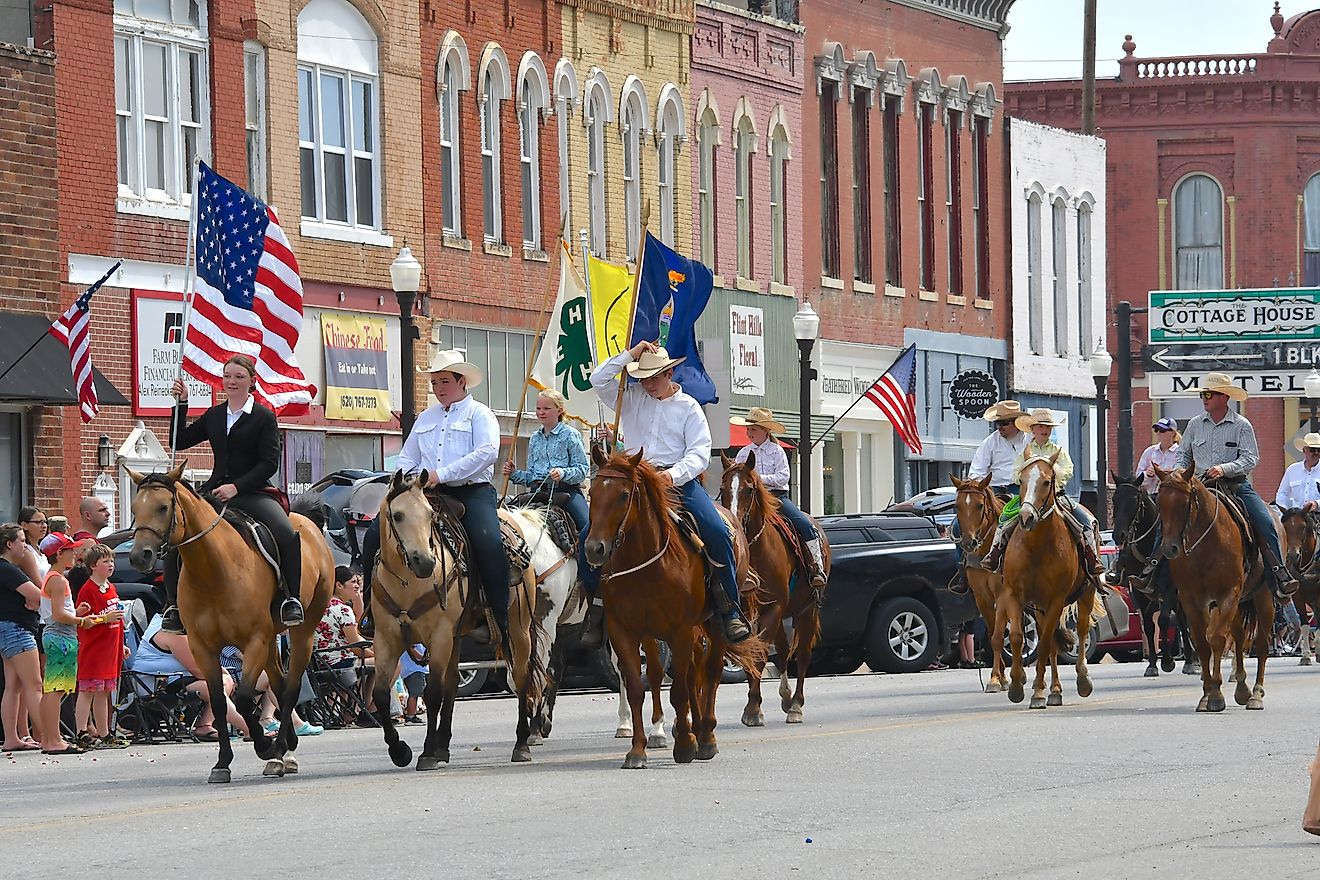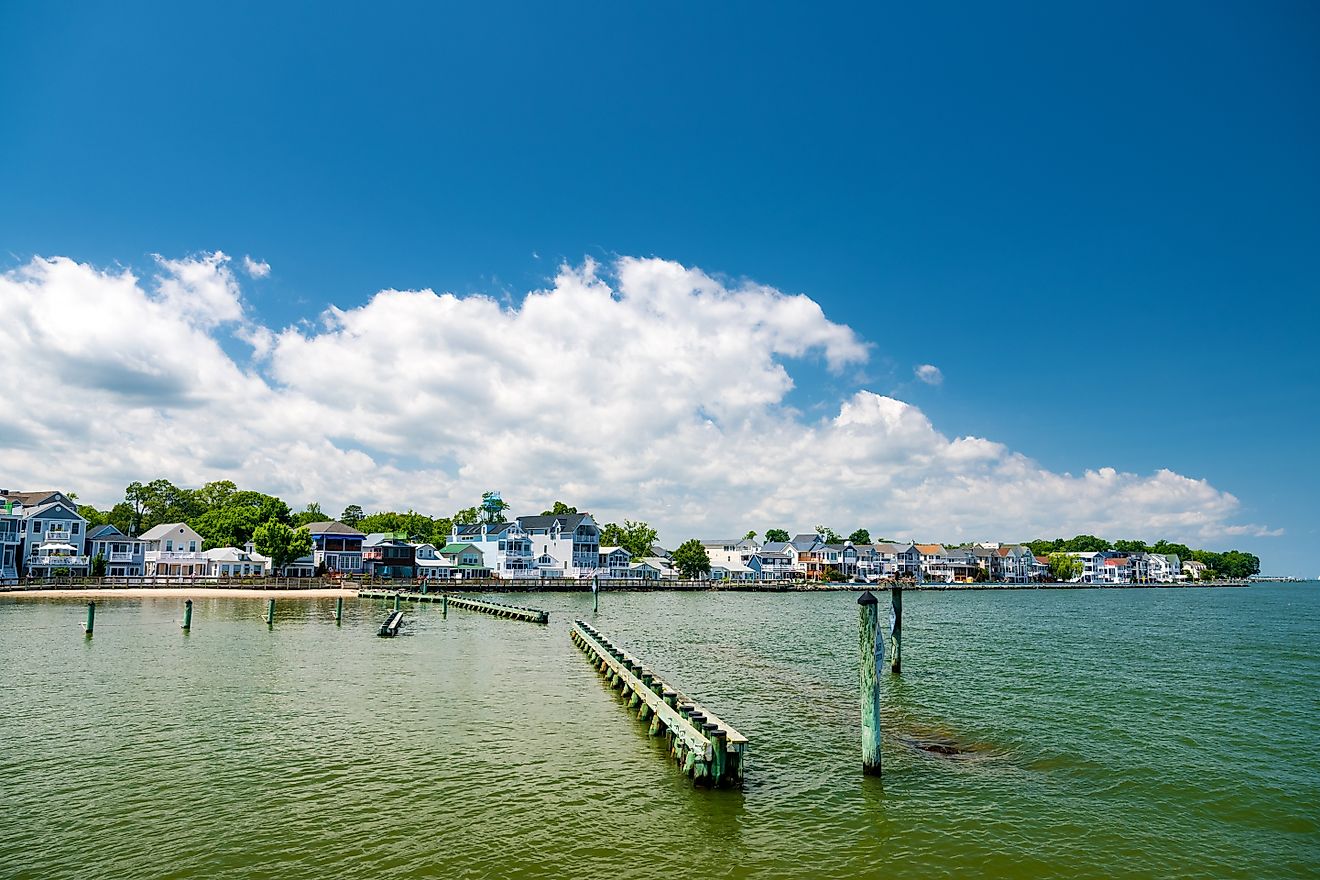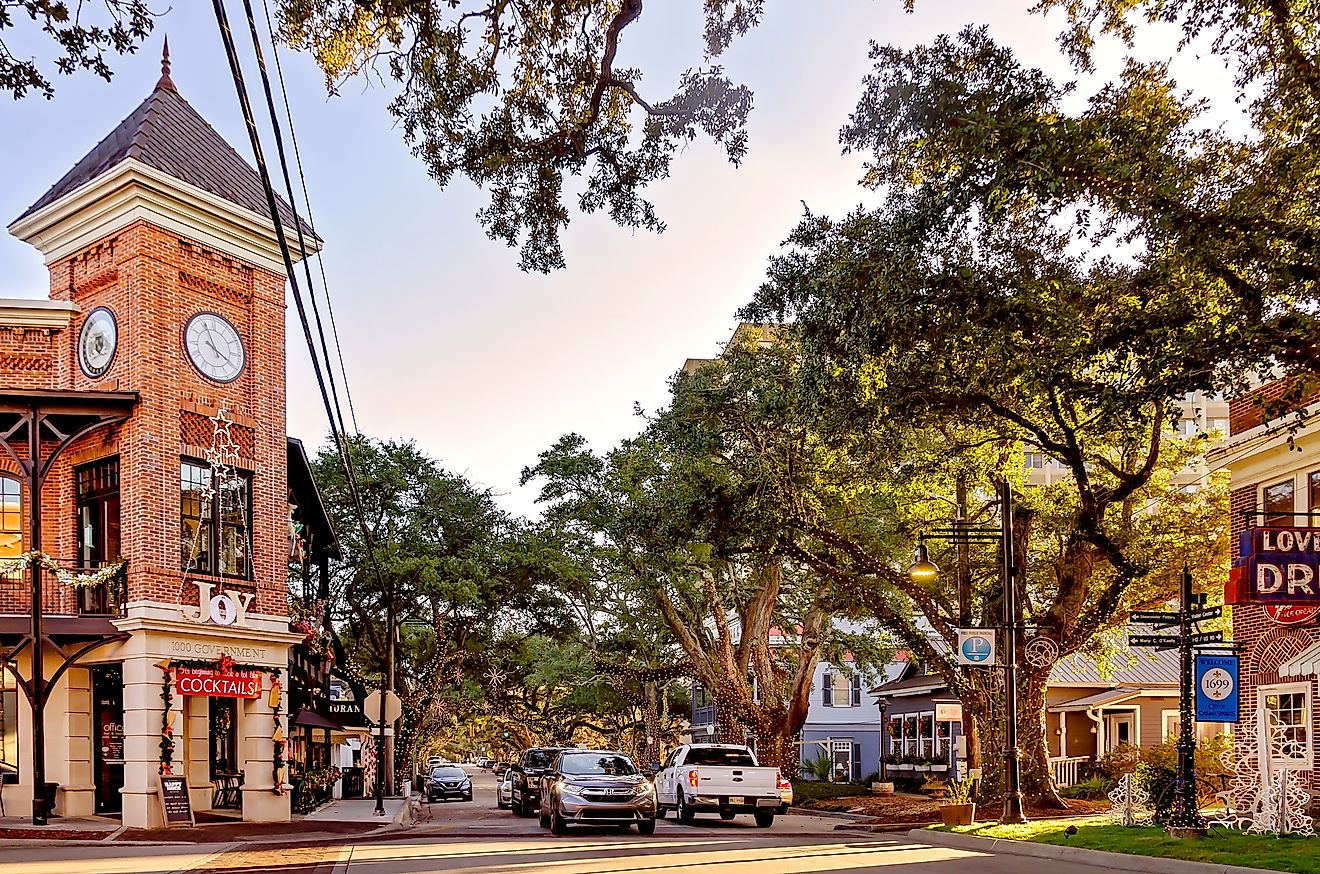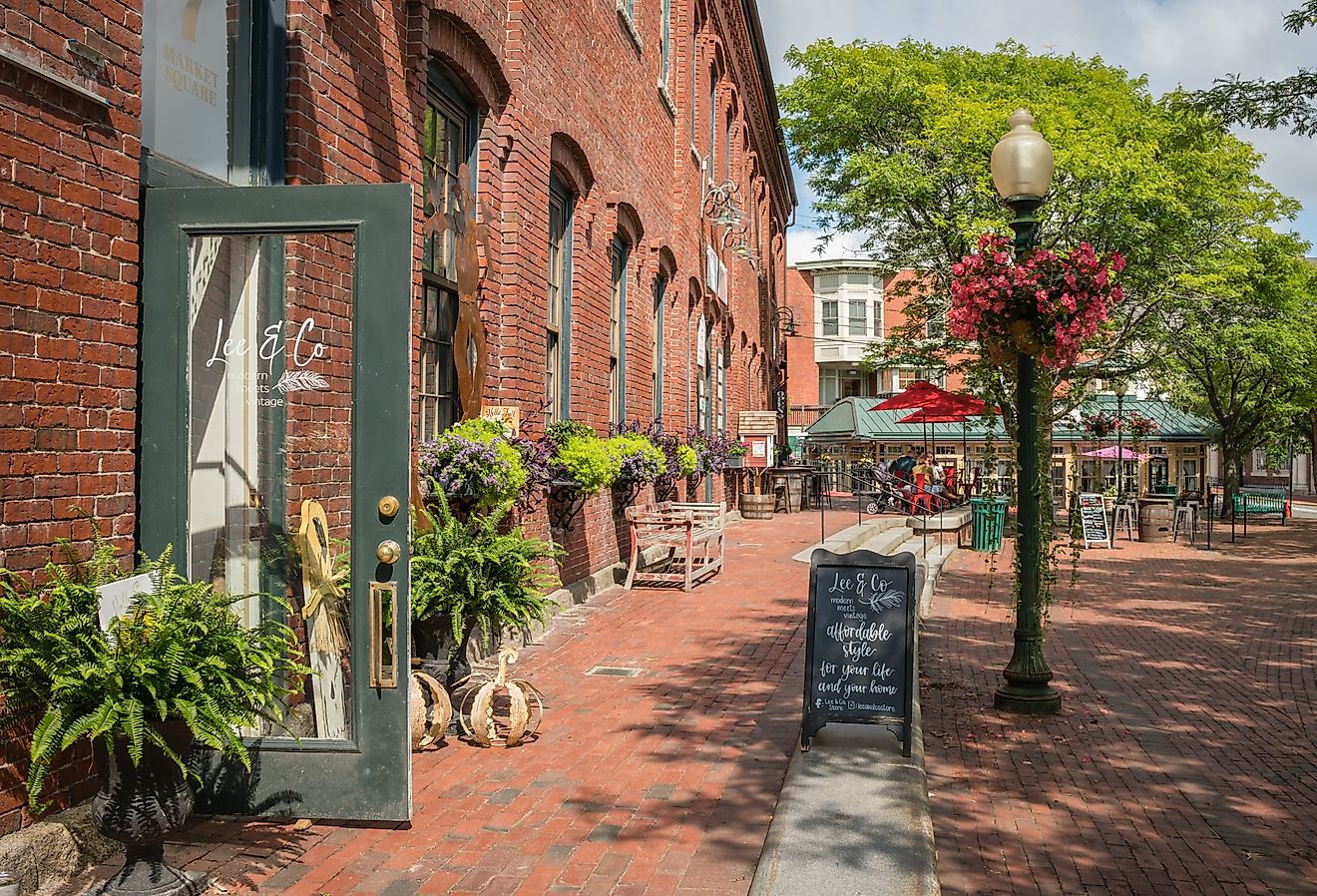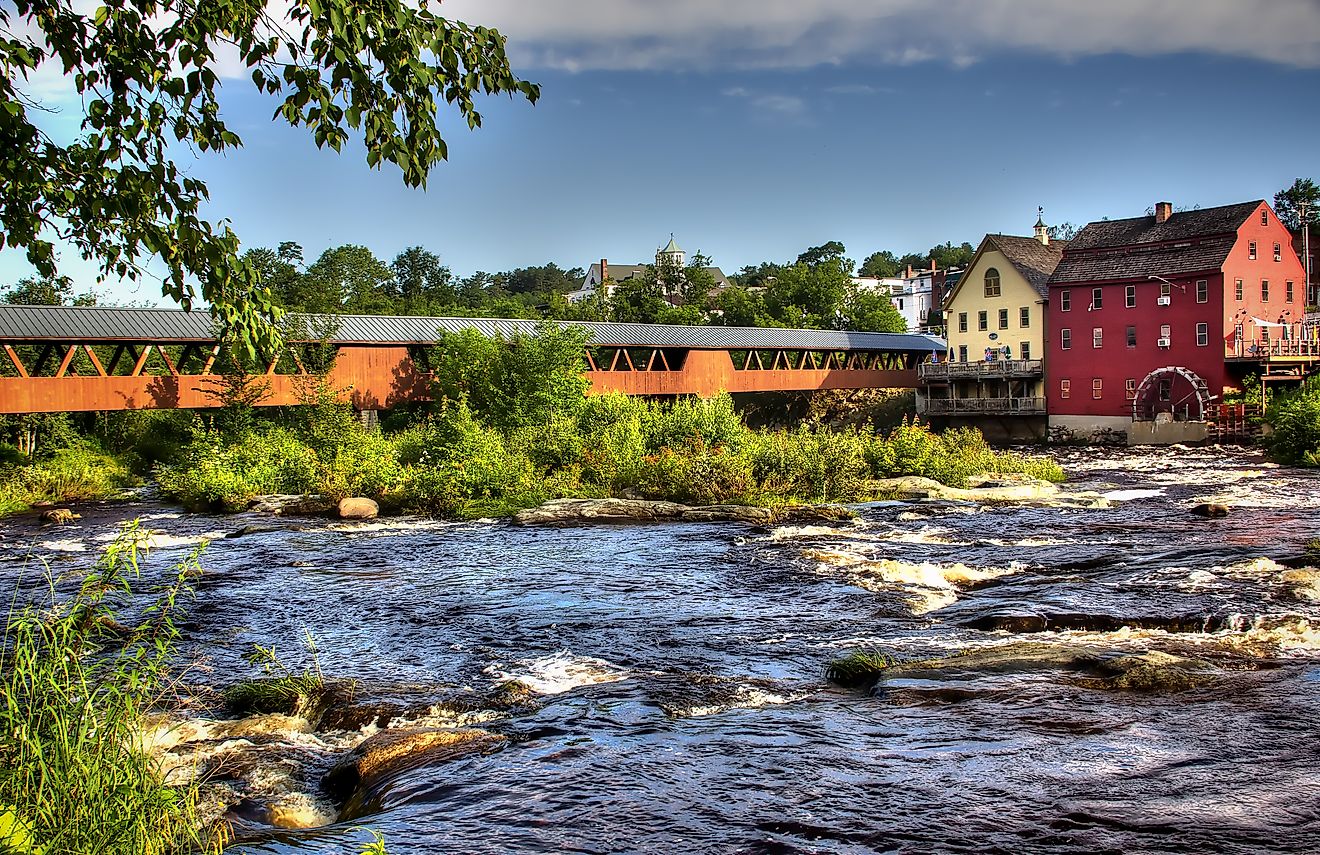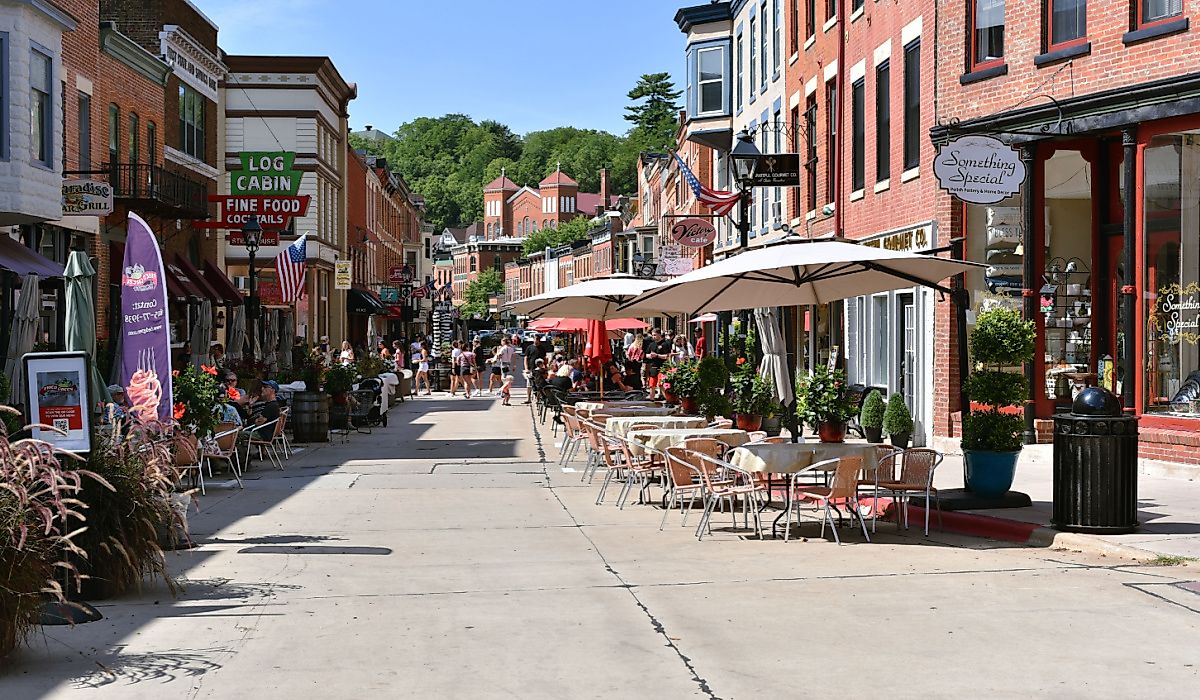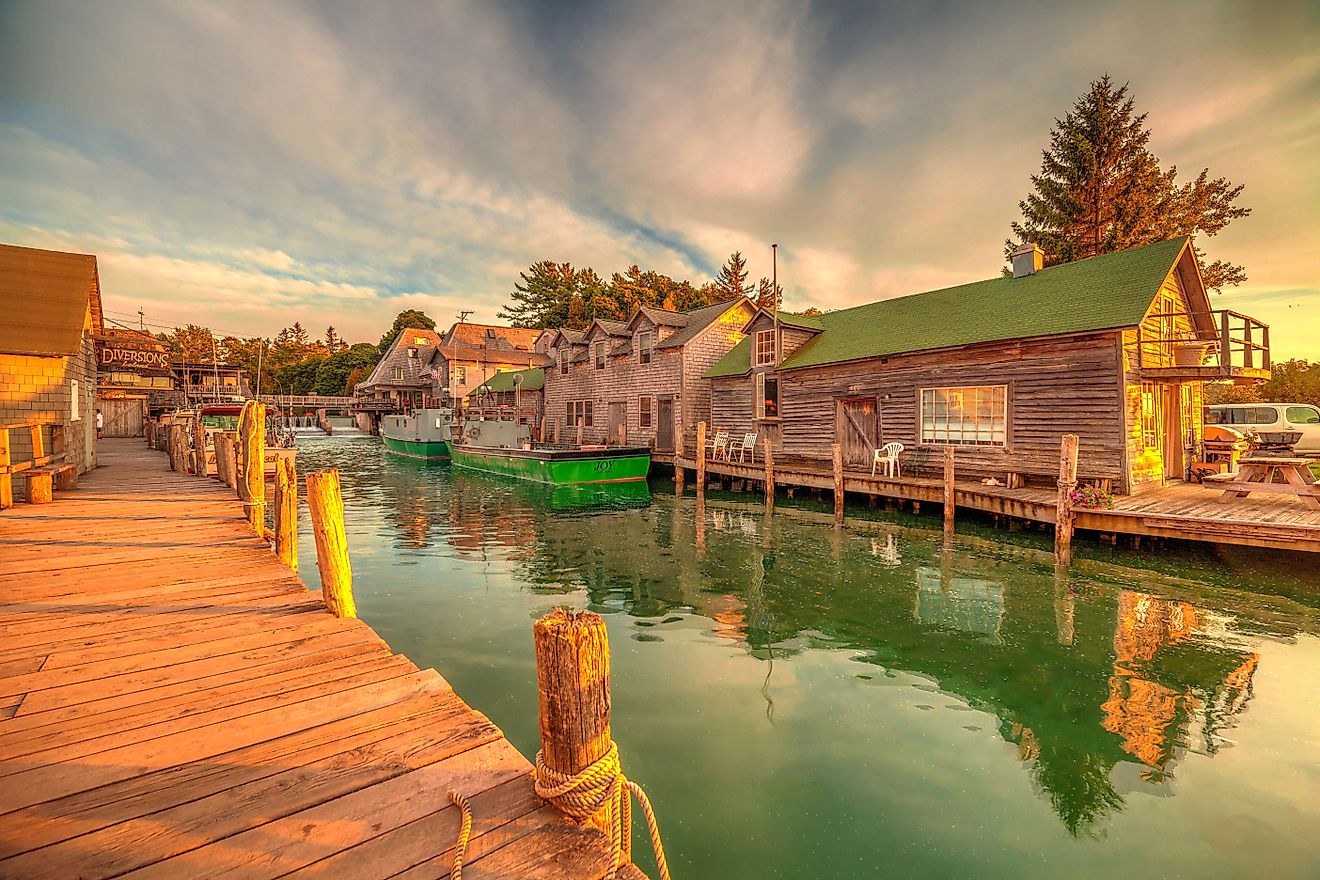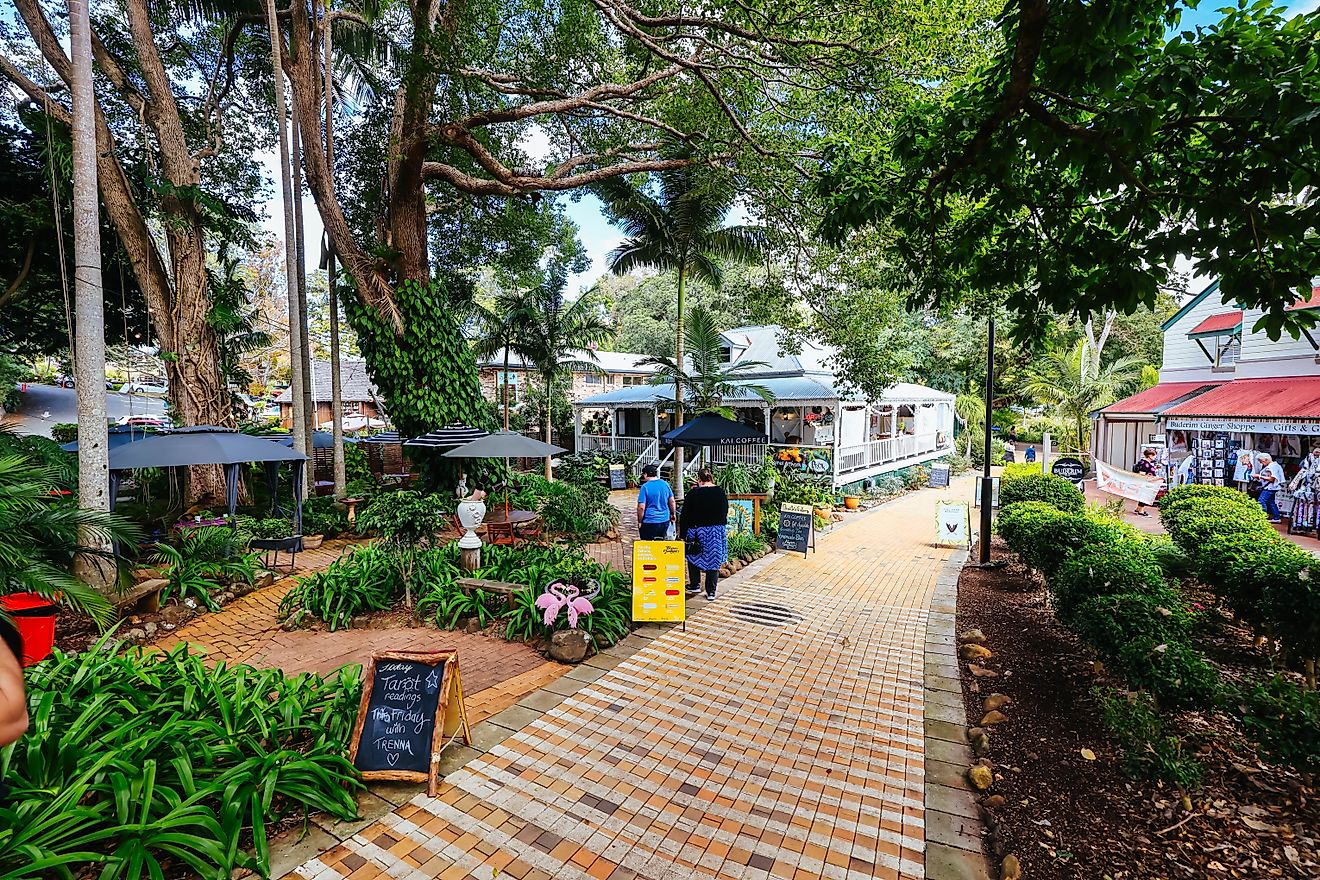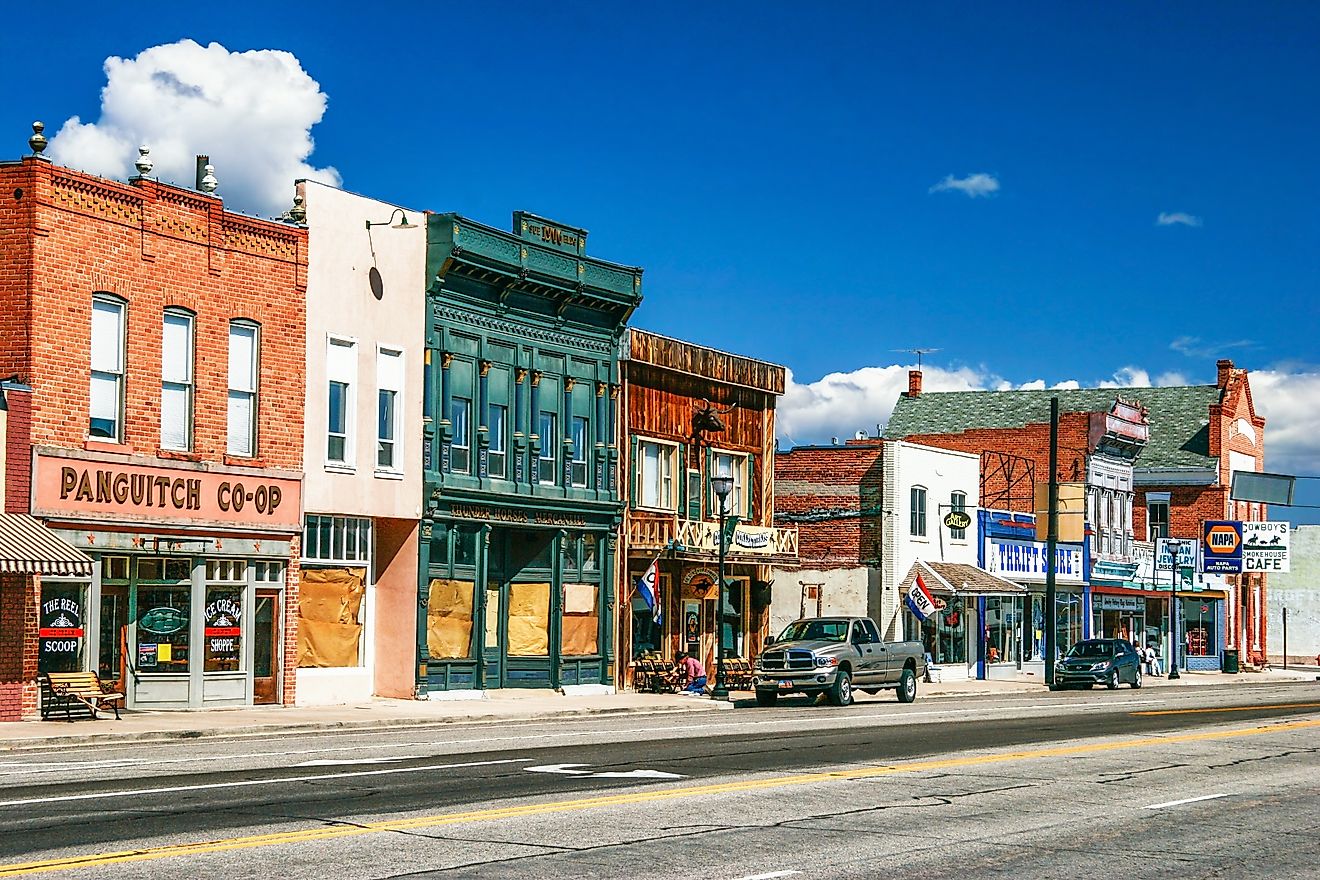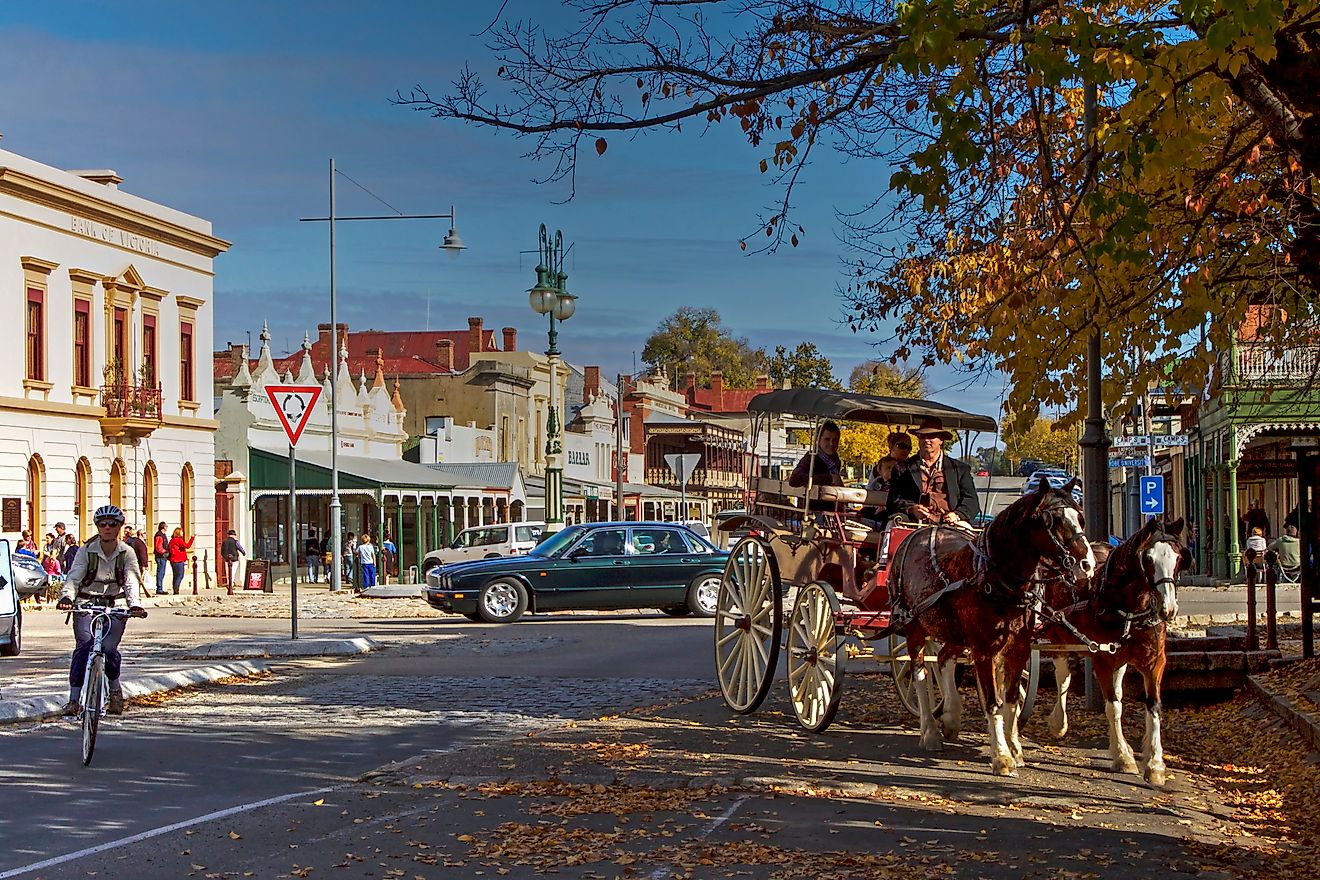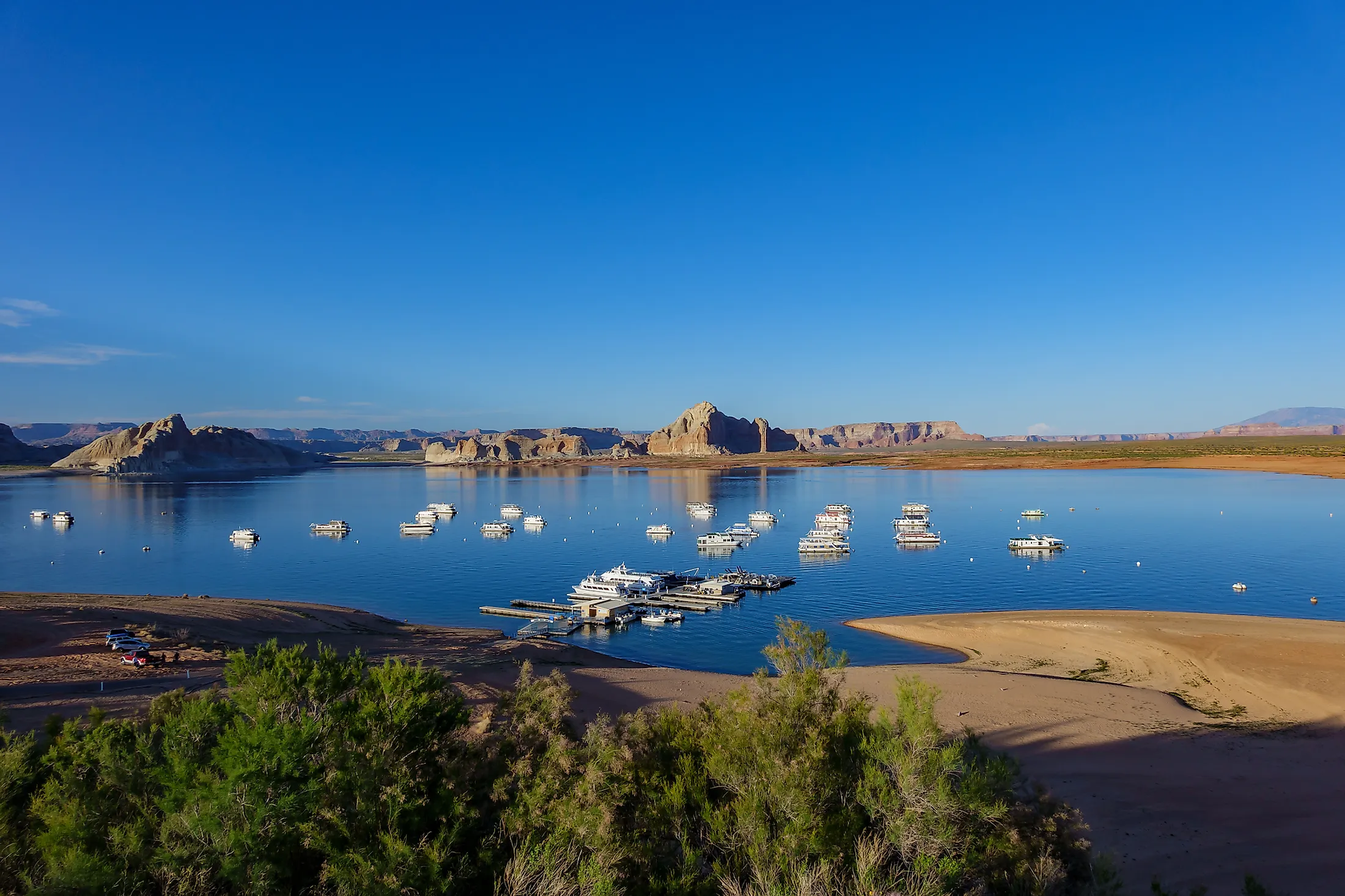
Page, Arizona
Page is a small city in Coconino County situated in the northern part of the US State of Arizona. The city has a population of 7,247 residents as per the 2010 US census. It is best known for the distinct red rock formations found throughout the region and its rich indigenous history. The city of Page is also located close to both Lake Powell and Glen Canyon Dam.
Geography Of Page
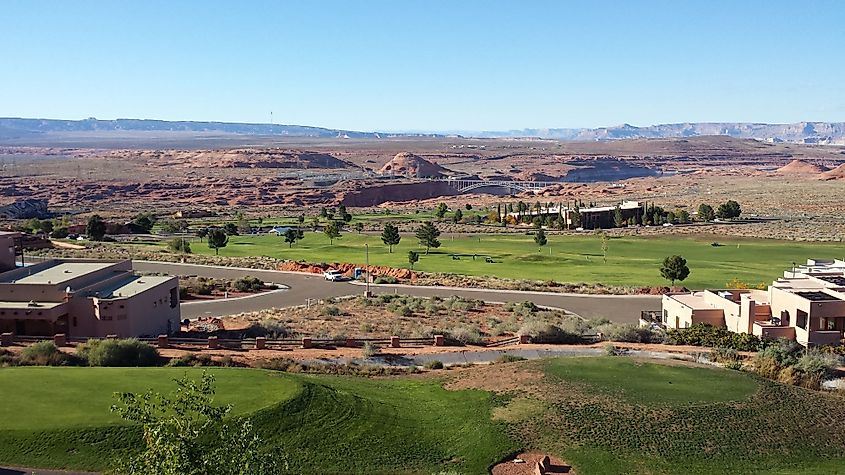
The city of Page covers a total area of 43.1 sq. km, of which 0.10 sq. km is occupied by water and 43 sq. km is occupied by land. The city is located at the top of Manson Mesa summit, about 1,255 meters above sea level and 180 meters above Lake Powell. Due to the city's location on the Colorado Plateau, in the southern edge of the Great Basin Desert, it experiences an arid climate with very hot and dry summers and chilly winters. The red rock canyons and desert landscape in the area provide some of the best southwestern desert views in the region. These views and rock formations have been an increasingly popular attraction for visitors and tourists.
Population Of Page
As per the 2010 census, about 7,247 people live in the city of Page. The city's population has increased from the 2000 census, which showed that the city was home to 6,809 people. The city has a population density of 164.6 inhabitants per sq. km. About 57.6% of the city's population is considered White, followed by Native Americans at 34.0%, the Hispanic group at 7.3%, two or more races at 5.0%, other races at 2.1%, Asians at 0.9%, and African Americans at 0.3%. The census also revealed that there were 2,518 households and 1,822 families living in the city. The 2015 American Community Survey showed that the median household income in Page was $57,161, and the median family income was $64,135.
Tourist Attractions In Page
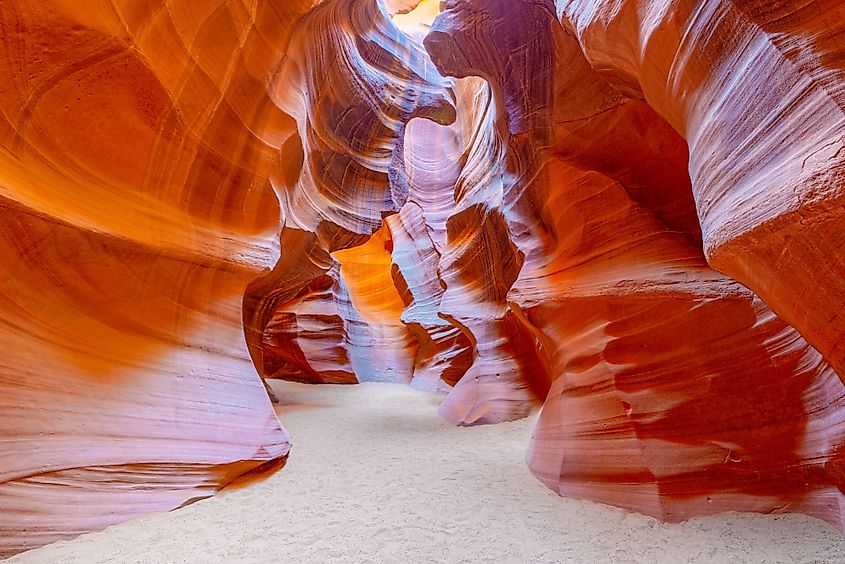
One of the earliest tourist draws to the area was the Antelope Canyon, which was opened to tourists in 1997. The canyon lies on Navajo land, and therefore all tours and visitation is regulated and guided by the Navajo people. Antelope is a naturally formed slot canyon formed over hundreds and thousands of years due to constant erosion. Its stunning landscape has continued to grow in popularity and brings more and more tourists to Page each year.
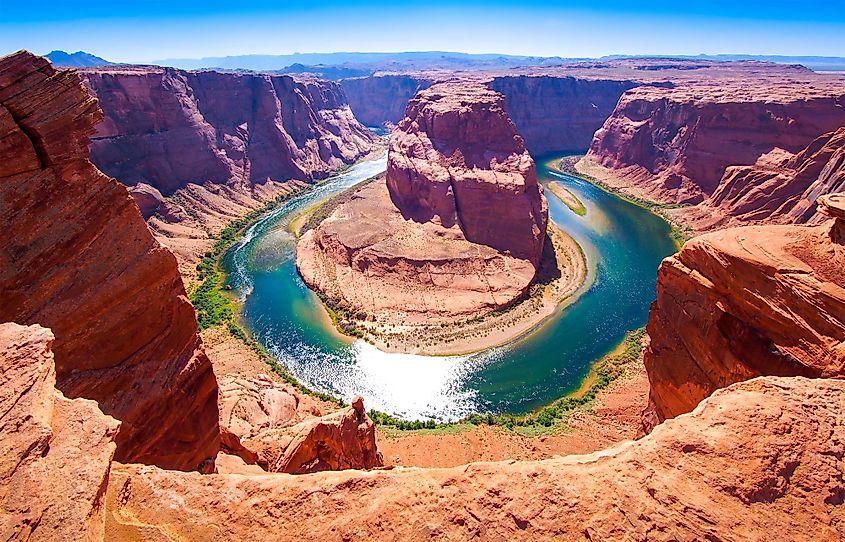
Similarly, the Horseshoe Bend Overlook offers dramatic scenic views of the winding Colorado River as it makes a steep U-turn below the town. This area is half-owned by the city of Page, and the other half by Navajo land, meaning only some of it is open to the public. This particular lookout spot has grown in popularity due to increased digital traffic on social media. The impressive views and unique geological formation have caught the eye of many travelers and drawn them to the area.
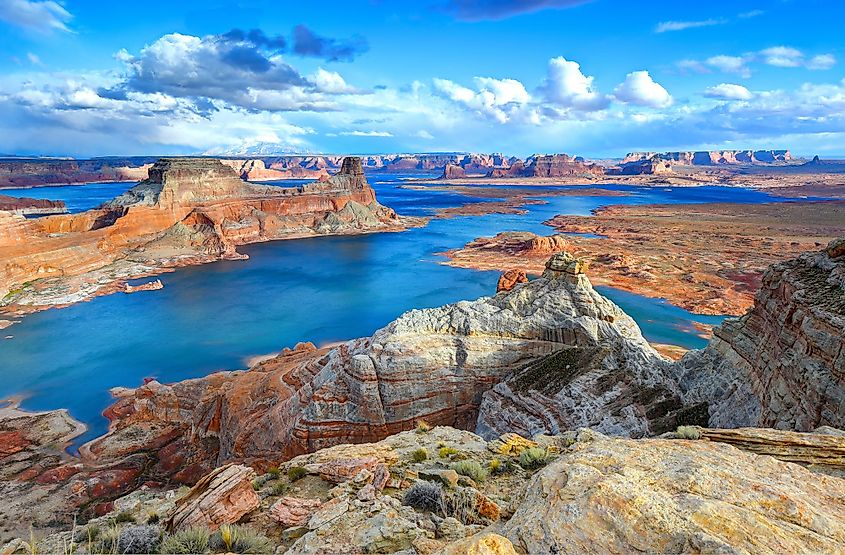
This increase in popularity has helped the city of Page to grow, which also meant new amenities and hotels have popped up in the area. Combined with nearby Lake Powell and the Glen Canyon Dam, these natural wonders have made Page an increasingly popular ‘unconventional’ tourist destination.
Brief History Of Page
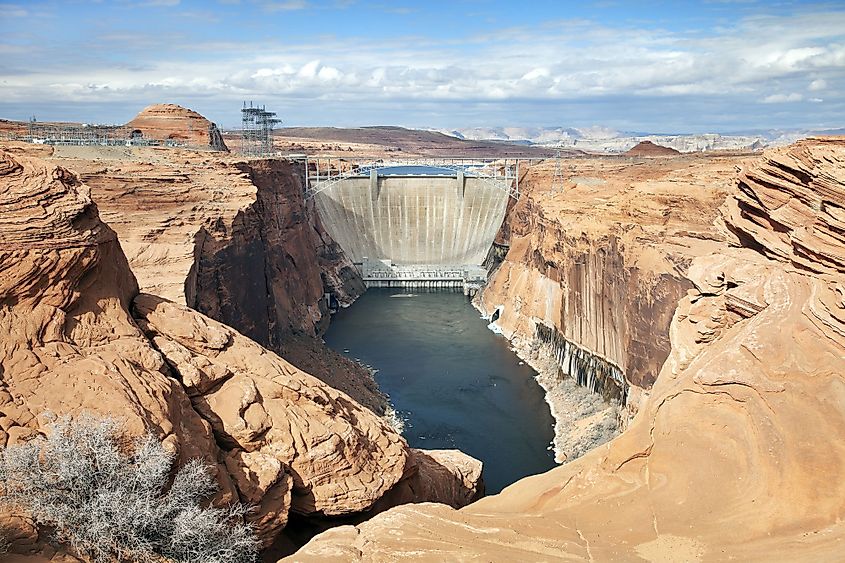
The city of Page was first founded in 1957 and was established as a residential area for workers and family members involved in the construction of the nearby Glen Canyon Dam. Because of this, the city was initially referred to as Government Camp but renamed Page after the commissioner of the Bureau of Reclamation, John C Page. The 44 sq. km area of the city was obtained from the Navajo Nation in a land exchange. Page was officially incorporated as a town on March 1, 1975. Since then, the city's population has continued to grow each year. Its location makes it a gateway town for the various popular attractions like Lake Powell, and Glen Canyon National Recreation Area, which together bring some 3 million annual visitors. The city is also home to the two largest power plants in the western United States. One is the Glen Canyon Dam, which was the reason for the town’s existence in the first place, and the second is the Navajo Generating station. Glen Canyon can produce up to 1,288,000 kilowatts of power, while the Navajo Generating Station had a maximum output of 2,250,000 kilowatts. Glen Canyon still operates today, but the coal-fired steam plant of the Navajo Generating Station shut down in 2019, and its smokestacks were destroyed the following year.
